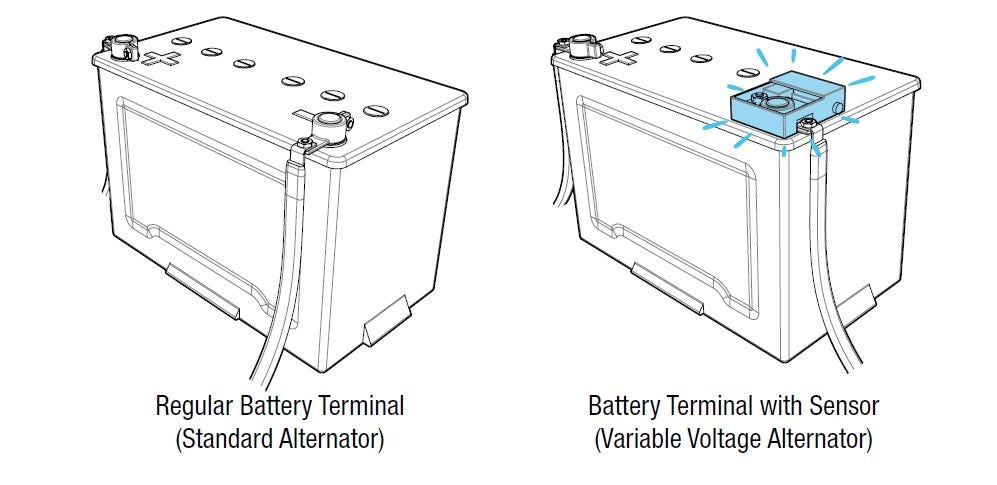Does My Car Have A Smart Alternator? Test Method | REDARC
DOES MY CAR HAVE A SMART ALTERNATOR?
With the constant evolution of technology in today’s modern vehicles, the days of straight forward dual battery system setups are becoming a thing of the past. Here, we’ll answer FAQ relating to so-called “smart” alternators, including:
- What cars have smart alternators?
- Does my car have a smart alternator?
What cars have smart alternators??
Variable Voltage Alternators are now becoming standard issue in most modern vehicles. The type of equipment you may need to correctly charge and maintain your auxiliary batteries depends on whether your vehicle has this technology or not.
The natural question to ask is, so does my car have a smart alternator?
Here’s one way to find out.
Does my car have a smart alternator? Test method
Variable Voltage Alternators require some sort of battery sensing technology to determine load coming from the battery. This is done via a battery sensor, which can be found on one of the battery terminals (usually the battery negative). Please see pictures below for examples. If your alternator looks like the one on the right, you’ve got a smart alternator.


FAQ’s about Variable Voltage/Smart Alternators
What’s the difference between a smart alternator and an alternator?
Fixed Voltage Alternators have a constant output voltage and are becoming less common in newer vehicles. They are designed to provide enough voltage to charge the start battery and also the secondary battery (leisure or auxiliary battery) to a usable level for non-essential electrical systems.
Smart Alternators, on the other hand, allow the vehicle to control the alternator's output voltage based on various vehicle operating conditions. The primary goal of this more modern system is to reduce electrical load and, consequently, the mechanical load on the engine. By dynamically adjusting the output voltage, the smart alternator can optimise fuel consumption and improve efficiency.
Can you turn a smart alternator off?
It’s possible to remove the smart charge capability, but retain the self-excite functionality. To do this, you would need to disconnect the wires that run to the PCM. However, we don’t recommend doing this, as the smart alternator is an advantage in all normal driving situations, and your battery may never achieve full charge.
My vehicle has a Variable Voltage Alternator, can I use a SBI12 (Smart Start Battery Isolator) to charge my auxiliary battery?
No. Because of the way Variable Voltage Alternators work, there are several situations in which the output voltage is either too low, too high or not charging at all (hence ‘variable voltage’) therefore it's not possible to charge your auxiliary battery correctly and to 100% state of charge. The BCDC1225D, BCDC1240D or Manager15 or Manager30 should be used instead of the SBI12 dual battery isolator to compensate for these situations and to charge and maintain your auxiliary batteries to 100%.
I have a Ford Ranger with ‘Smart Charge’ technology, do I need to have this software disabled by the manufacturer so I can setup a dual battery system?
No, this is not required. All you need to install is a BCDC1225D or BCDC1240D REDARC battery charger or Manager15/30 and to charge your auxiliary batteries effectively.
